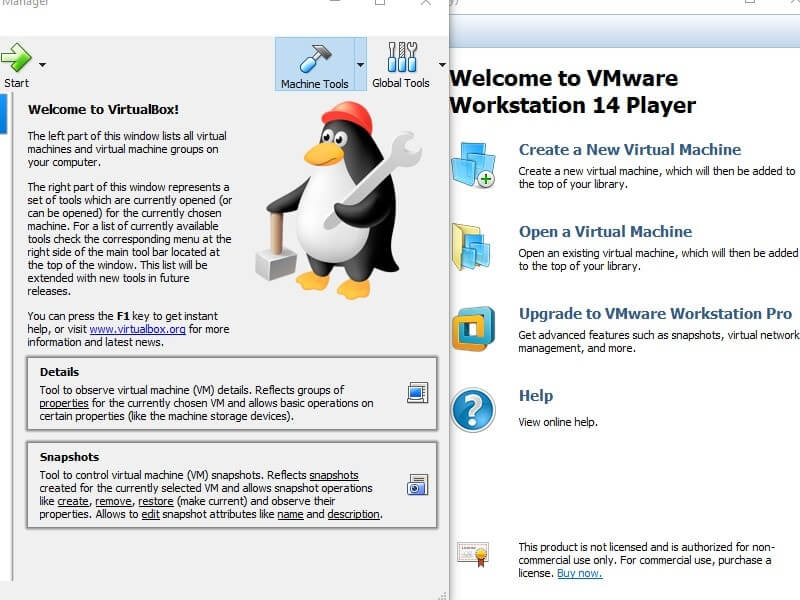

The hypervisor separates each guest OS so each can run without interference from the others. The guest OS requests resources from the hypervisor.
VMWARE VS VIRTUALBOX GRAPHICS PERFORMANCE SOFTWARE
A hypervisor is a thin layer of software that interacts with the underlying resources of a physical computer (called the host) and allocates those resources to other operating systems (known as guests). VMware virtualizes physical computers using its core hypervisor product. These are the various components of VMware virtualization and how they work. A network of 75,000 partners supports customers with a wide variety of add-on products and services.

Virtual machines (VMs)Ī virtual machine (VM) is the base unit of VMware virtualization. See " Virtualization: A Complete Guide" for a comprehensive overview. VMware’s virtualization products are now a crucial part of many enterprises' IT infrastructures.įor a visual presentation of the concept of virtualization, see our video “Virtualization Explained” (05:20): It also enables cloud providers- public or private- to serve more users with their existing physical computer hardware. Each virtual machine runs its own operating system (OS) and behaves like an independent computer, even though it is running on a portion of the actual underlying computer hardware.Īs you can imagine, virtualization enables more efficient utilization of computer hardware and enables a greater return on an organization’s hardware investment. Virtualization software creates an abstraction layer over computer hardware that allows the hardware elements of a single computer- processors, memory, storage, and more- to be divided into multiple virtual computers, commonly called virtual machines (VMs). Simply put, VMware (link resides outside IBM) develops virtualization software. Learn more about VMware, virtualization software, virtual machines, and how they are all a crucial part of many enterprises' IT infrastructures.


 0 kommentar(er)
0 kommentar(er)
